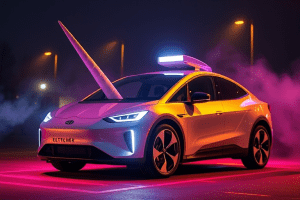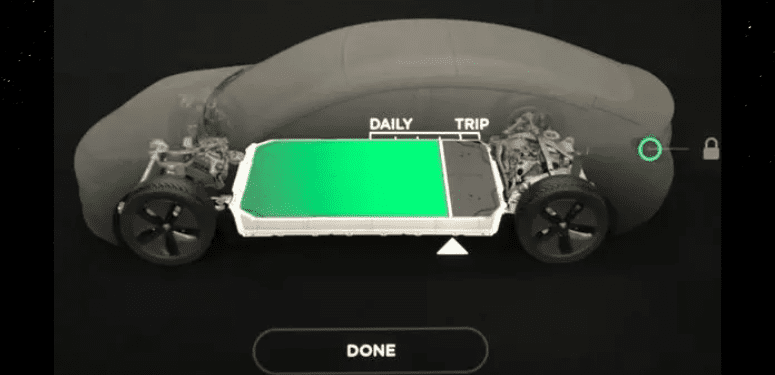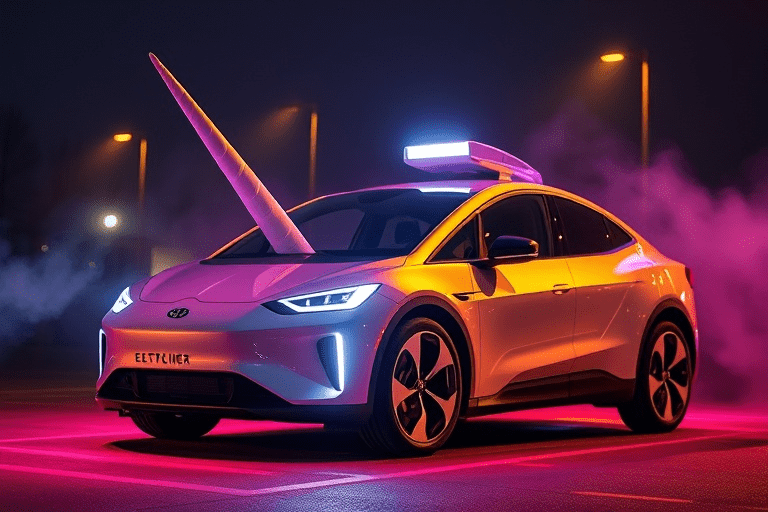Toronto, Ontario — An industry trends report published by CCC Industry Solutions on Tuesday shows that, while EV adoption seems slow-going for the time being, regulation from the U.S. government will likely continue to spark interest in the technology.
Despite only occupying one percent of the total U.S. car parc, CCC predicts that political manoeuvres like the Inflation Reduction Act are bound to encourage a boost in EV sales across North America, much in the way the act indirectly doubled the number of EV charging stations in the U.S.
Additionally, new emissions rules set forth by the Environmental Protection Agency (EPA) are expected to force an EV market share of about 60 percent by 2030. CCC’s report notes that even if these precise numbers aren’t reached by 2030, the uptick in EV collisions will still be noticeable to repair facilities.
Concerning crash trends, a survey of EV drivers in Belgium found them to cause 50 percent more accidents than their ICE counterparts; a fact which experts suggest is due to the unfamiliarity many drivers today have with EVs and their often high acceleration rates, leading them to crash more often.
Electric vehicle collisions tend to come with a higher impact force, which leads to more severe damage and higher claims cost, due in part to their increased weight as compared to ICE vehicles, but also because of the above-average MSRPs of EVs.
The report found that nearly 50 percent of EV claims in 2022 comprised vehicles with original MSRPs greater than $50,000.
Tesla continues to dominate the U.S. EV market, accounting for about 65 percent of EV sales for 2022, according to CCC’s data, and making up 78.6 percent of the company’s repairable estimates.
When it comes to EV versus ICE estimation practices, the two appear to be fairly aligned in terms of non-drivable ratios and the percentage of claims with supplements, however, EVs were found on average to have 15 more lines on their appraisals than ICE vehicles.






























